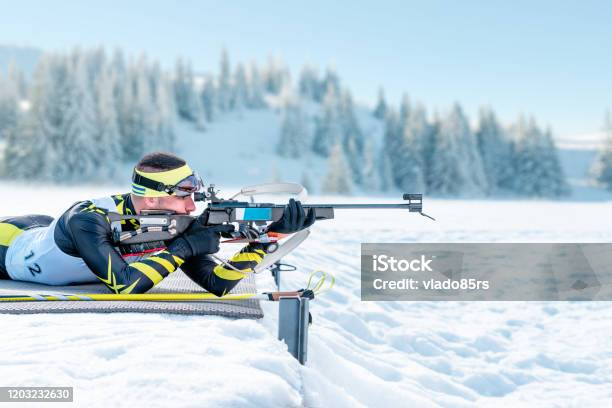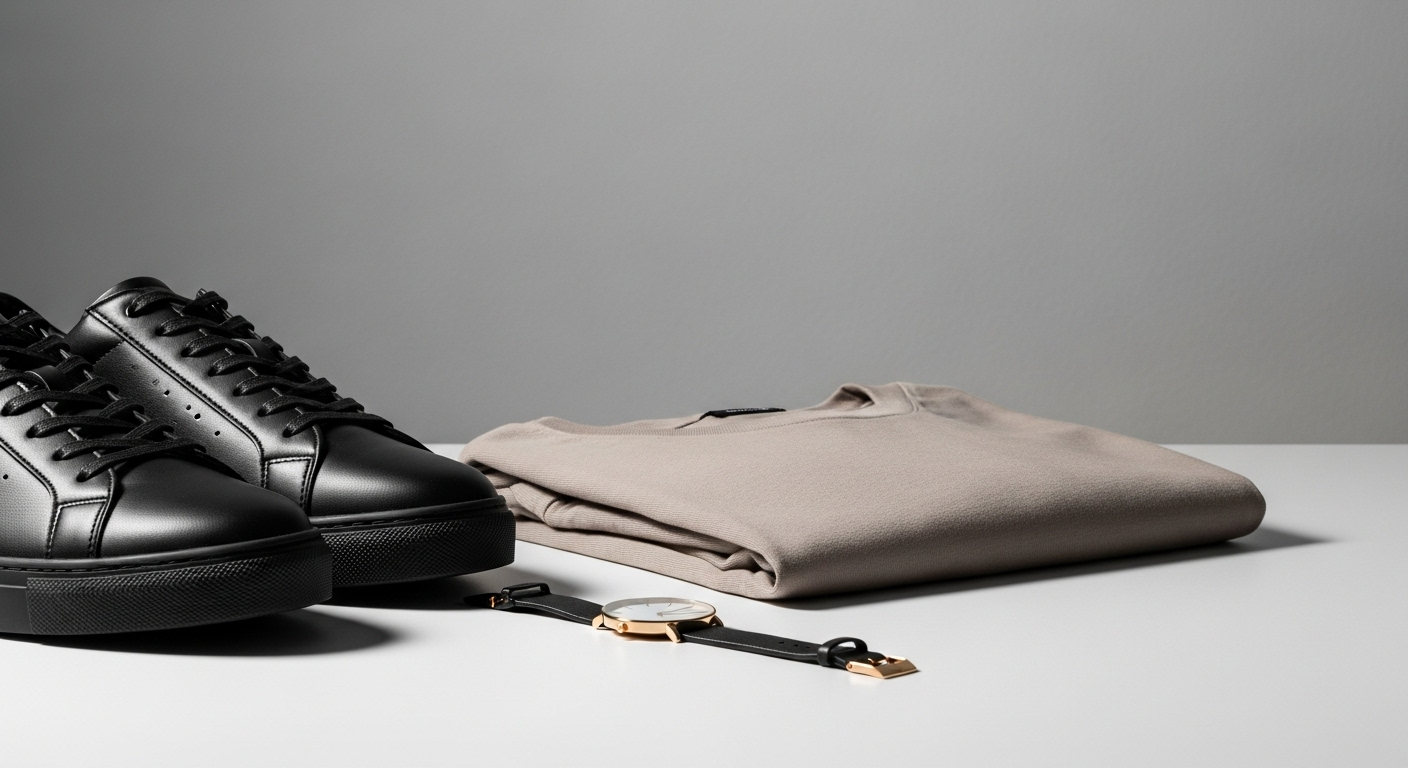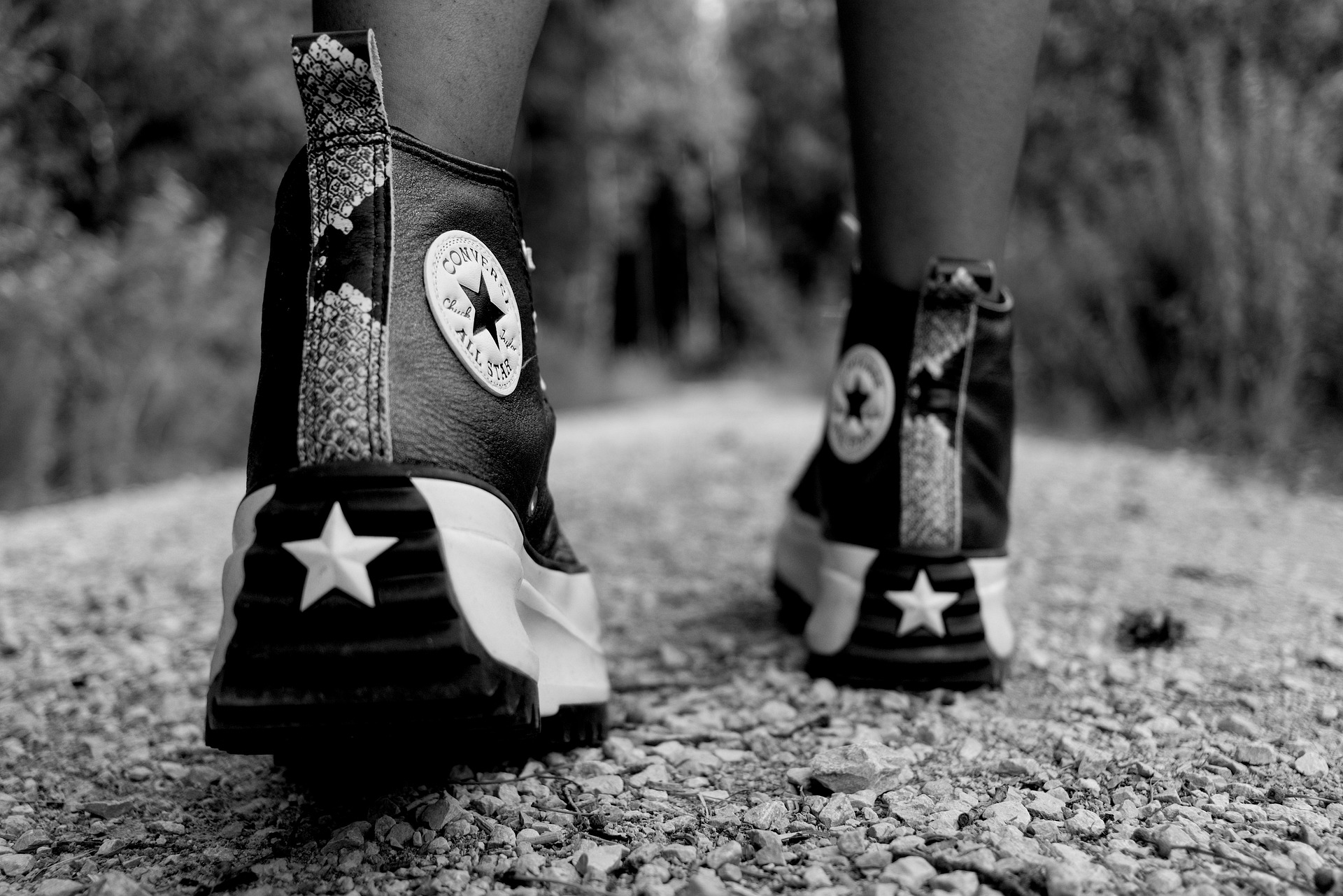The Art and Science of Biathlon: An Unusual Fusion of Strength and Precision
An unlikely marriage of cross-country skiing and rifle shooting, the biathlon is a test of physical stamina and mental fortitude. This sport, which originated as a survival skill in snow-covered Scandinavia, has evolved into a thrilling competitive event. What makes the biathlon so compelling, and how does it challenge and shape athletes? This article delves into the fascinating world of biathlon, exploring its history, the current trends, and the training secrets of top performers.

Biathlon: A Brief Journey Through Time
The origins of biathlon can be traced back to the snowy landscapes of Northern Europe, where hunting and warfare required a combination of skiing and shooting. During the 18th century, the Swedish and Norwegian militaries adopted this skill as a part of their training. However, it wasn’t until the 20th century that biathlon emerged as a competitive sport. In 1924, a military patrol event, a precursor to the biathlon, was included in the first Winter Olympic Games. The modern biathlon, with its current format, made its Olympic debut in 1960.
The Modern Biathlon: A Fusion of Speed and Precision
Today, biathlon is a high-profile winter sport, featuring in World Championships and the Winter Olympics. Athletes race on a cross-country track with several laps, stopping at shooting ranges to hit five targets. The challenge lies in transitioning between the intense physical exertion of skiing and the calm, focused precision required for shooting. This unique blend of opposing skills sets biathlon apart from other sports.
Training for Biathlon: A Balancing Act
Training for biathlon is a delicate balancing act. Athletes must build endurance for cross-country skiing, which requires powerful leg muscles and a strong cardiovascular system. Simultaneously, they need to hone their shooting skills. This involves not just marksmanship but also the ability to control their breathing and heart rate immediately after skiing. Additionally, mental strength is a critical component, as athletes must remain composed under pressure.
Biathlon in Real Life: Beyond the Competitive Arena
While biathlon is a captivating sport, its benefits extend beyond the competitive arena. Cross-country skiing is a full-body workout that improves cardiovascular health, strength, and endurance. Shooting, on the other hand, cultivates focus, patience, and discipline. Thus, practicing biathlon can contribute significantly to overall fitness and mental resilience, even for non-competitive athletes.
The Future of Biathlon: Innovations and Opportunities
With advancements in sports science and technology, the landscape of biathlon is continually evolving. Training methodologies are becoming more sophisticated, incorporating data analytics to fine-tune performance. There’s a growing emphasis on mental training, acknowledging that a biathlete’s mental state significantly impacts their performance. Moreover, efforts are being made to make the sport more accessible and appealing to a broader audience, paving the way for the future growth of this unique sport.
The biathlon, with its unusual combination of skiing and shooting, presents a fascinating blend of physical and mental challenges. Its evolution from a survival skill to a competitive sport underscores the dynamic nature of sports and their ability to shape and reflect our societies. The journey of an athlete in this sport is a powerful testament to the human spirit’s capacity to conquer diverse and demanding obstacles.




